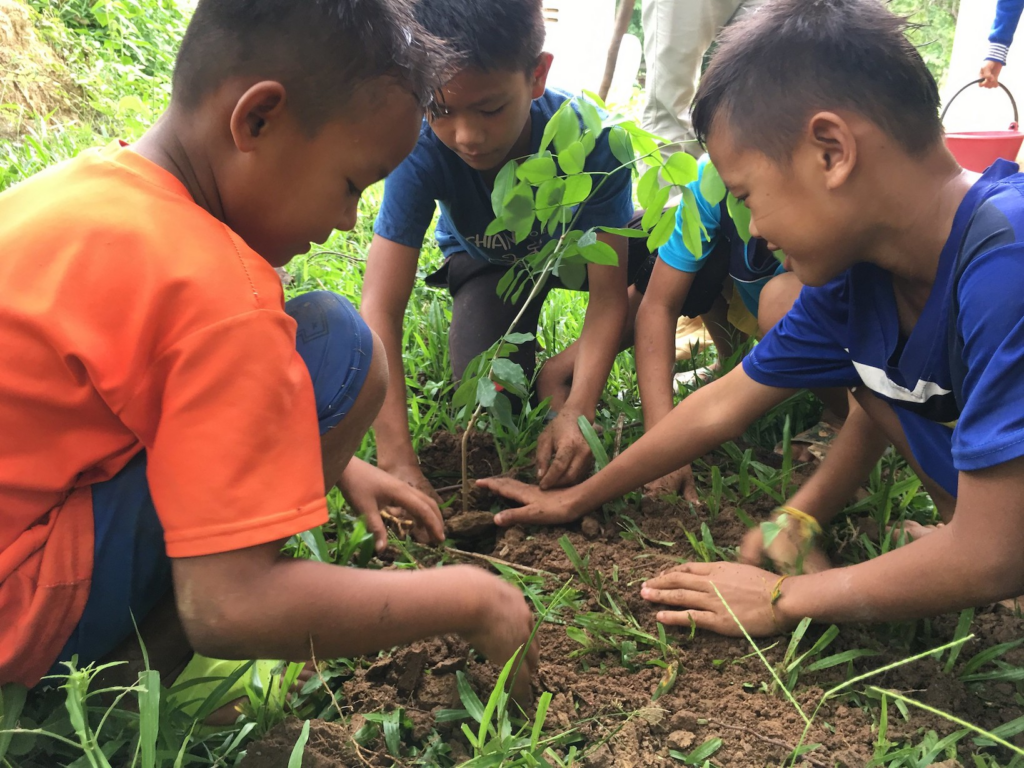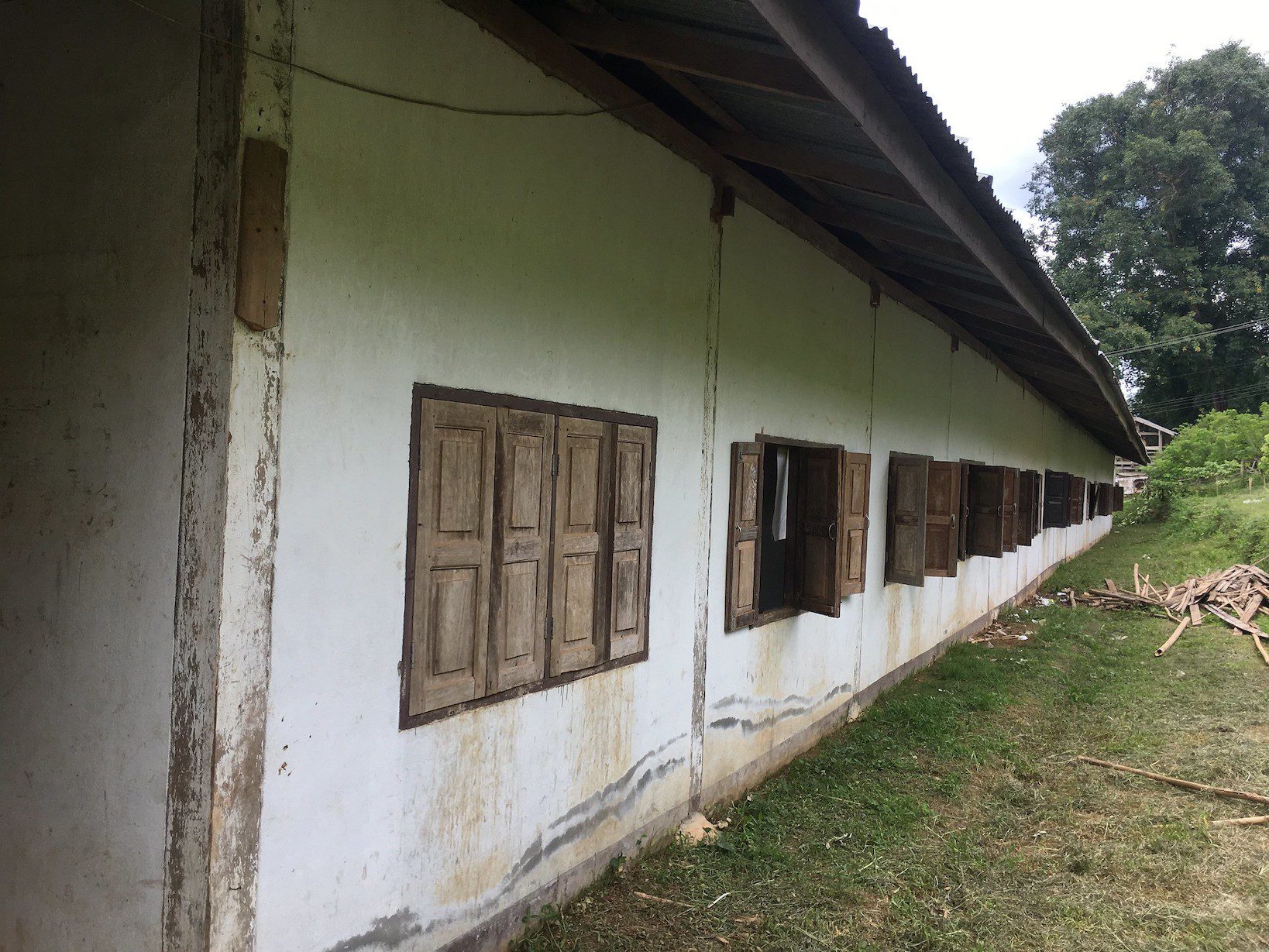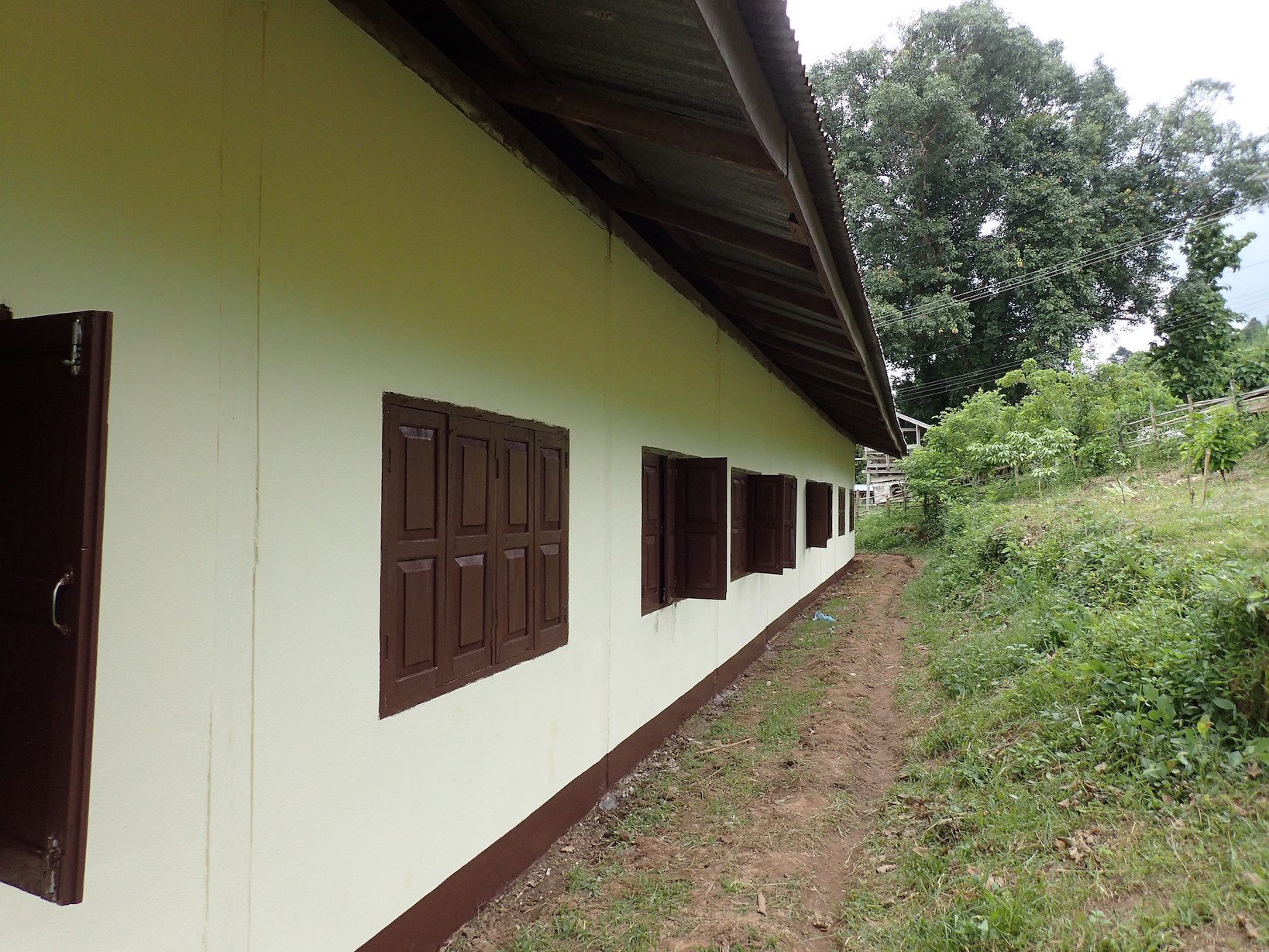Friday July 28, 2023

In this week’s Flashback Friday, learn how one project left a lasting impact on two villages in Lao PDR.
Our staff in Laos have recently helped transform two primary schools in Lao PDR as part of a project to promote environmental education and awareness. The one-year project called “Clean Schools, Clean Rivers,” is funded by the U.S. Embassy to Laos’ Public Diplomacy Small Grants Program and focuses on one school in Phalath Village, Vientiane Province, and another in and Houaykhualuang Village, Xaiyabouri Province. The three main activities of the project are to 1) conduct a school environmental awareness presentation related macroinvertebrates (aquatic insects) as indicators of river health, 2) lead a river clean up activity and address litter issues near the schools, and 3) refurbish the two schools by painting buildings and planting trees. In all, our activities engaged 14 teachers and 142 students across the two villages.

There are many activities occurring in the surrounding communities that may have a negative impact on the water quality local streams, such as logging, farming, and the use of herbicides, pesticides and other chemicals near the river. Therefore, our project sought to implement a participatory water quality monitoring program to teach villagers techniques for monitoring and addressing impacts to their community’s river resources. Our training focused on village committee members, primary school teachers, and students who can share their knowledge with other students and villagers in the future. We held two days of training in each village, one for a theory session and one for a field demonstration of macroinvertebrate collection. All participants learned the protocols for collecting macroinvertebrates with nets, sorting and identifying their samples, and assigning a sensitivity score to each type of macroinvertebrate collected that can be used to calculate a water quality health score for the stream or rivers. We then handed over two sets of macroinvertebrate sampling equipment, including nets and sorting trays, to each school so they can continue keeping track of their water quality in the future.

Although local communities depend on clean water and rivers for their everyday needs such as drinking, bathing, growing crops and catching fish, local waterways also often serve as dumping areas for community rubbish, which is not only unsightly, but also threatens water quality, with resulting to the health concerns for local people and wildlife. As part of our project, our team provided an environmental awareness presentation about litter management and the importance of keeping their school and village clean. We led students in a river cleanup to collect trash, and installed rubbish bins at their schools, showing how the community can work together to minimize litter impacts and to address the water quality concerns in their village.

We recognize the value of a clean and healthy school environment to encourage student success in learning, so the final element of the project was to revitalize the school facilities. The old school buildings had become dirty and discolored over the years, yet receiving support for repairs from the Ministry of Education can take a long time, and many schools are already on a waiting list. We were glad to use this project to repaint the schools, and also planted 50 tree samplings of fruit trees and other species. We hope this green, welcoming environment will promote the healthy wellbeing of teachers and students into the future. See more photos of the project on our Flickr page.



